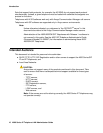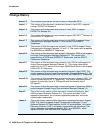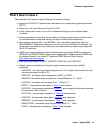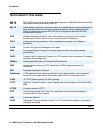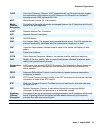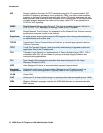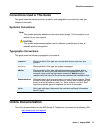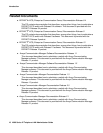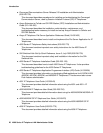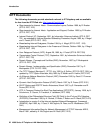
Introduction
16 4600 Series IP Telephone LAN Administrator Guide
SIP Session Initiation Protocol. An IETF standard protocol for IP communication. SIP
enables IP telephony gateways, client endpoints, PBXs, and other communication
systems or devices to communicate with each other. SIP mainly addresses the call
setup and tear down mechanisms of sessions and is independent of the transmission
of media streams between the caller and the party called. SIP is an alternative to
H.323 for VoIP signaling.
SNMP Simple Network Management Protocol. The Internet standard protocol, defined in
STD 15, RFC 1157, developed to manage nodes on an IP network.
SNTP Simple Network Time Protocol. An adaptation of the Network Time Protocol used to
synchronize computer clocks in the internet.
Supplicant An entity at one end of a point-to-point LAN segment that is being authenticated by
an authenticator at the other end.
TCP/IP Transmission Control Protocol/Internet Protocol, a network-layer protocol used on
LANs and internets.
TFTP Trivial File Transfer Protocol, used to provide downloading of upgrade scripts and
application files to the IP telephones.
TLS Transport Layer Security, an enhancement of Secure Sockets Layer (SSL). TLS is
compatible with SSL 3.0 and allows for privacy and data integrity between two
communicating applications.
TLV Type-Length-Value elements transmitted and received as part of Link Layer
Discovery Protocol (LLDP).
UDP User Datagram Protocol, a connectionless transport-layer protocol.
Unnamed
Registration
Registration with Avaya Communication Manager by an IP telephone with no
extension. Unnamed registration is typically used to limit outgoing calling.
VLAN Virtual LAN.
VoIP Voice over IP, a class of technology for sending audio data and signaling over LANs.
WML Wireless Markup Language, used by the 4620 Web Browser to communicate with
WML servers.
3 of 3





